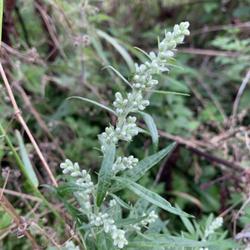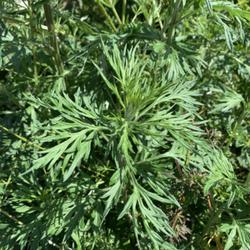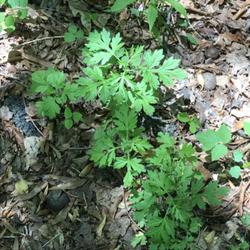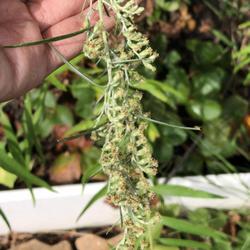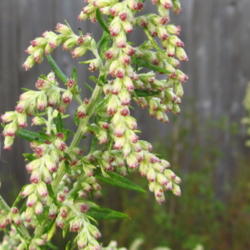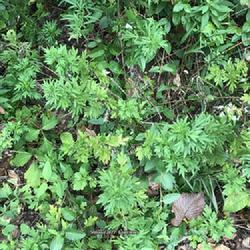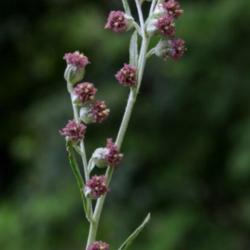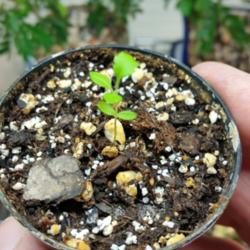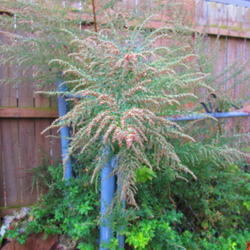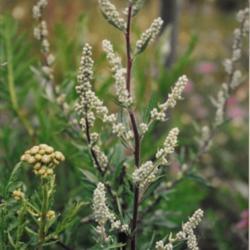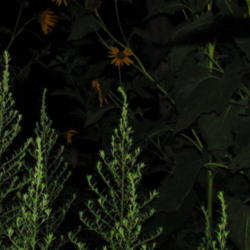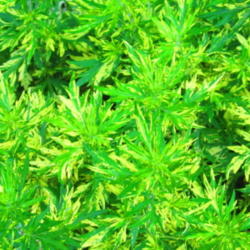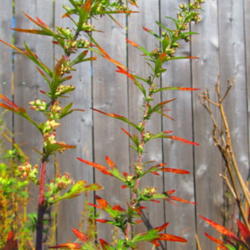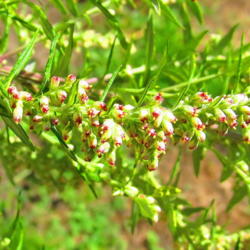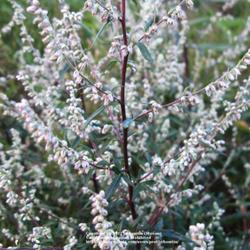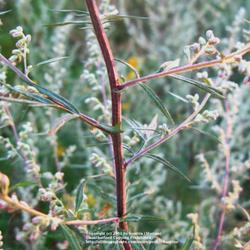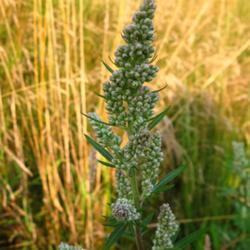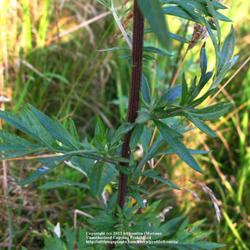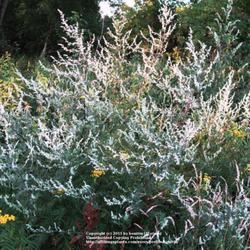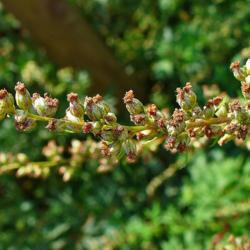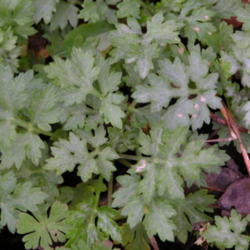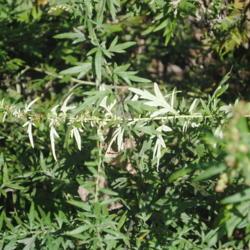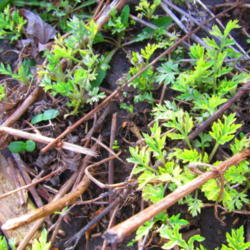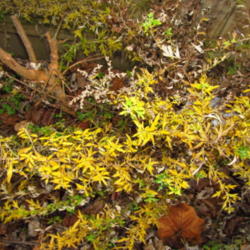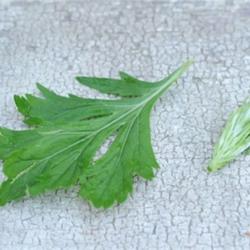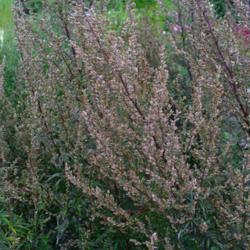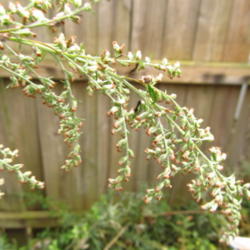| Plant Habit: | Herb/Forb |
| Life cycle: | Perennial |
| Sun Requirements: | Full Sun |
| Water Preferences: | Mesic Dry Mesic Dry |
| Soil pH Preferences: | Slightly acid (6.1 – 6.5) Neutral (6.6 – 7.3) Slightly alkaline (7.4 – 7.8) Moderately alkaline (7.9 – 8.4) |
| Minimum cold hardiness: | Zone 3 -40 °C (-40 °F) to -37.2 °C (-35) |
| Maximum recommended zone: | Zone 8b |
| Plant Height: | 3 to 6 feet |
| Plant Spread: | 1-3 feet or more |
| Leaves: | Fragrant Variegated Other: reason plant used |
| Flowers: | Inconspicuous Fragrant |
| Flower Color: | Brown Green |
| Bloom Size: | Under 1" |
| Flower Time: | Late summer or early fall |
| Underground structures: | Rhizome |
| Resistances: | Deer Resistant Rabbit Resistant Pollution Drought tolerant Salt tolerant |
| Propagation: Other methods: | Cuttings: Stem Division |
| Pollinators: | Wind |
| Containers: | Not suitable for containers |
| Conservation status: | Least Concern (LC) |
